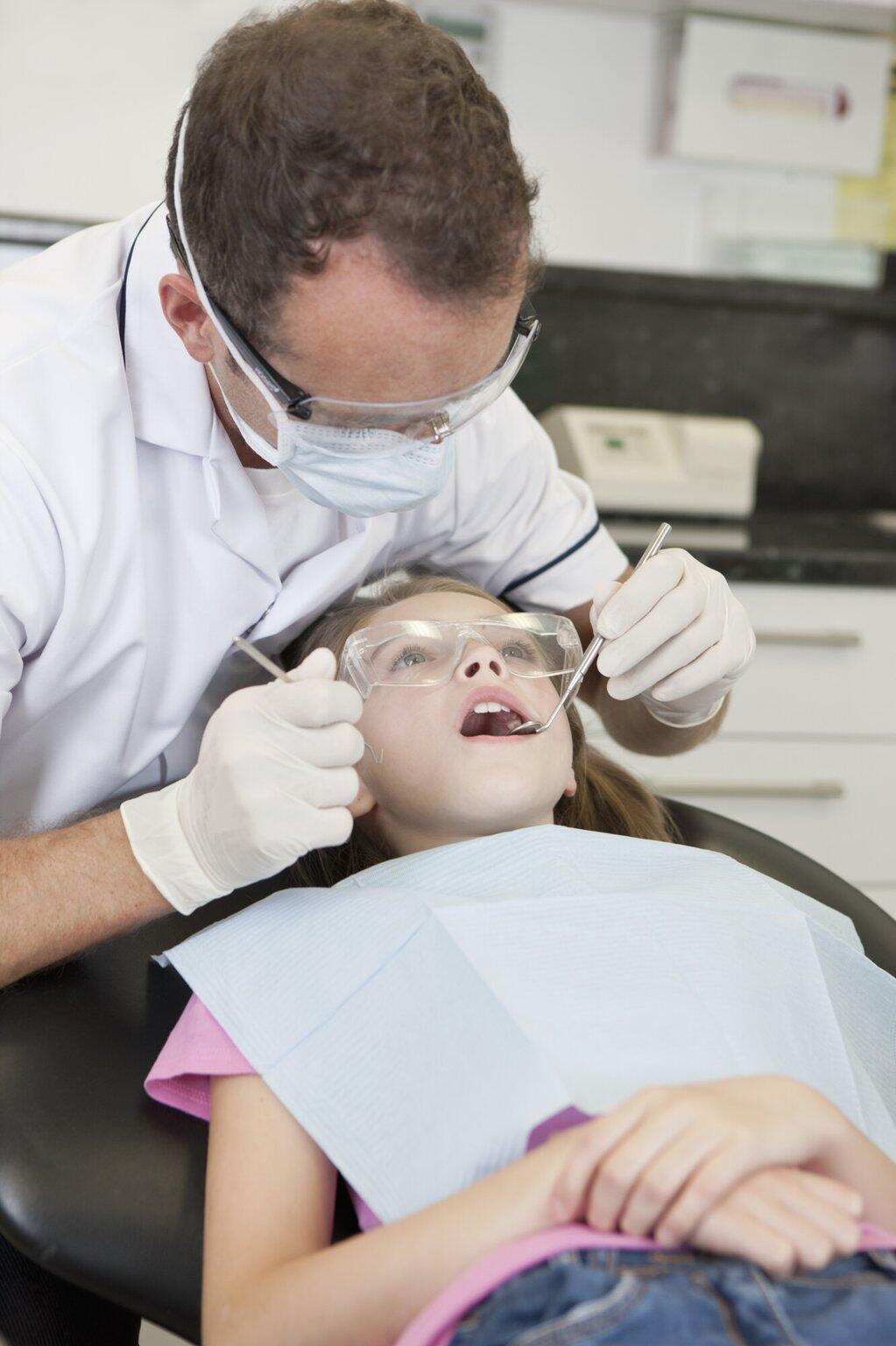
11 Apr What to Do When Your Child’s Tooth Falls Out
It’s a situation no parent wants to face—your child comes running to you, holding a tooth and possibly bleeding after a fall or rough play. Whether it happens outside or during indoor fun, dental accidents are common with active kids. Depending on their age, that missing tooth could be a baby tooth or a permanent one.
Staying calm and not panicking is important to take the right action. According to the National Center for Biotechnology Information, oral trauma is responsible for 17% of child dental emergencies.
Let’s learn what to do when your child’s tooth falls out.
How to Handle Child Tooth Loss
If your child loses a tooth, you should determine whether you can replant it, that is, if it’s a permanent one. To do this, you need to observe the following steps before visiting a pediatric dentist:
- Hold the knocked-out tooth by the top
- Avoid touching the roots of the tooth to prevent infections
- Observe the root and crown to ensure no part is cracked or missing
- If there are any damages to the tooth, seek child dental emergency
- Avoid wrapping the tooth in cloth or tissue to avoid damaging the root surface
- Try putting the tooth back to its socket by encouraging the child to bite down on a moist paper towel or gauze gently
- If you cannot reinsert the tooth, transport the tooth in a cup containing the patient’s saliva or milk. The tooth may also be carried in the patient’s mouth.
Visit a dentist who specializes in emergency dental care for kids right away.
What to Do If Your Child’s Baby Tooth Falls Out
Firstly, a knocked-out baby tooth isn’t a major cause of concern. When a baby tooth falls out, it barely causes any damage to the soft tissue as its root is not long enough. Baby teeth aren’t replaced when knocked out.
Take the following steps if your child loses a baby tooth:
- Please have your child rinse their mouth with water
- Use a piece of gauze or a clean cloth soaked in cold water to compress the area to reduce swelling and stop bleeding.
- Your child should bite on the cloth to apply pressure
- Once the bleeding has reduced, reach out to Mcllwain Dental Specialists for appropriate care
What Happens Next
At our pediatric dental office, one of our dentists will check to ensure your child’s gums aren’t damaged. X-rays will show whether the injury might have damaged the nerves or root of the tooth or the permanent underlying tooth.
If it’s possible to reimplant the tooth, you’re advised to keep your kid on a diet of soft foods for several days until the tooth reimplants itself. Additionally, give your child cold foods such as ice cream to avoid inflammation.
Our dentists will try their best to reimplant the knocked-out tooth. However, this may not be possible in most cases. If one of our dentists decides that the tooth cannot be put back, we will use a space maintainer or a false tooth. This will stop the other teeth from shifting into the empty space. A space maintainer is a metal appliance that’s inserted in the location of the lost tooth.
Other measures that a dental care provider for kids can take in case of emergency tooth loss include filling the gap using a bridge or an implant.
Bridge
A bridge, also referred to as a fixed partial denture, replaces the lost tooth with an artificial one. Manufacturers make bridges from porcelain, alloys, gold, or a combination of these materials. They are attached to the teeth close to the child’s tooth loss area for extra support.
There are two major types of bridges, namely, fixed and removable bridges. Fixed bridges are permanently cemented to the missing tooth area and can only be taken out by a dentist. On the other hand, with removable bridges, you can easily detach and clean them.
Implant
Implants are a comfortable and long-term solution for child tooth loss. However, they are more costly compared to bridges. During an implant procedure, a dentist puts a titanium post into the jawbone. They let it grow together for a few months.
Once the implant and jawbone are firmly embedded, the dentist attaches an abutment to the titanium post and a crown to the abutment.
For both implants and bridges, your child should observe the appropriate oral care. The Centers for Disease Control and Prevention say that children should floss and brush their teeth every day. They should also have regular dental checkups.
Get Expert Dental Care at Mcllwain Dental Specialists
As your child grows up, incidents such as knocking out a tooth are out of your control. The insight above can help you prepare for an incident where your child’s tooth falls out due to an injury. When managed properly, you and your child can look back at the situation as triumphant as you courageously endured it.
At Mcllwain Dental Specialists, our team of expert pediatric dentists are ready to help you and your child on your oral care journey.
Contact us today to schedule an appointment.


